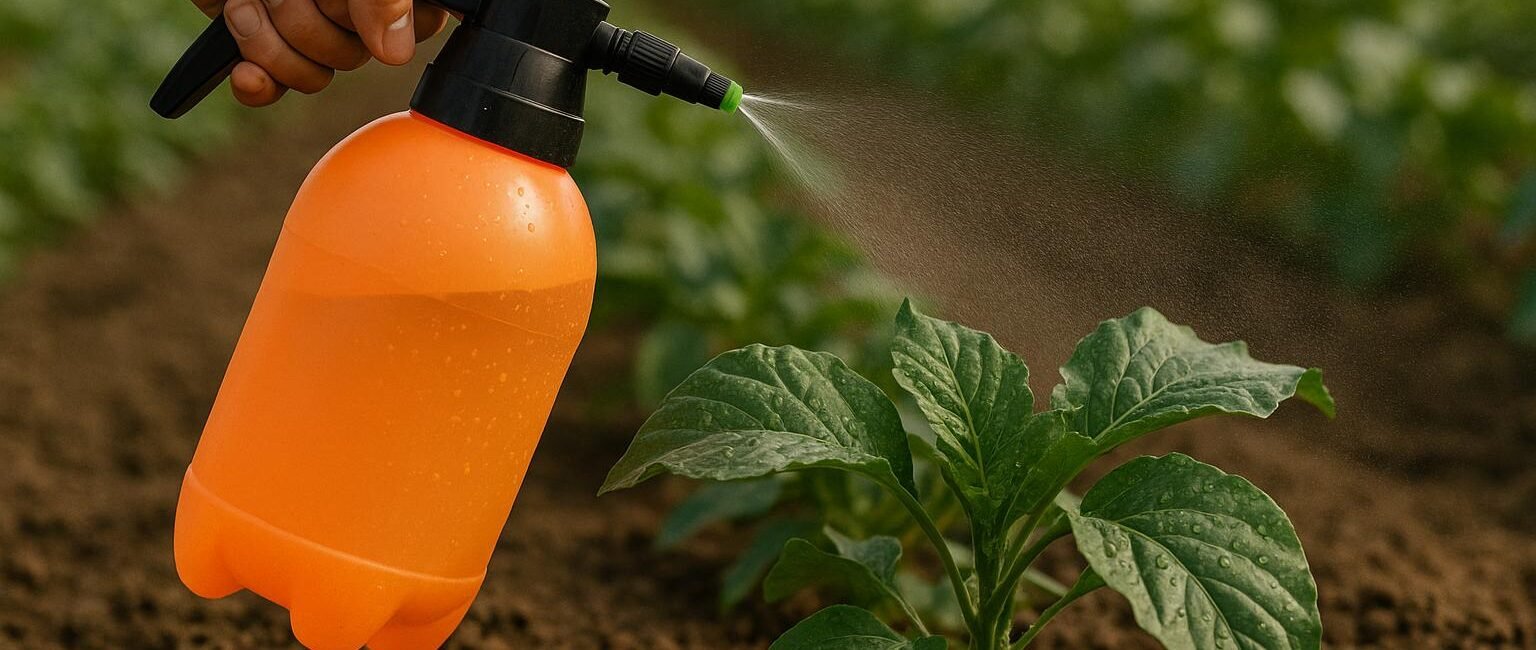
In climate-smart agriculture, every drop of water and every gram of input matters. Wetting agents have emerged as quiet but powerful tools in improving resource efficiency, enhancing crop resilience, and supporting sustainable farming under unpredictable weather conditions. These agents help farmers make the most of limited water while ensuring treatments reach the target surfaces effectively.
Wetting Agents in Modern Farming
Wetting chemicals help liquids distribute more uniformly across soil particles or plant leaves by lowering their surface tension. This enhances the interaction between the target surface and the applied solution, whether it be pesticide, fertiliser, or water.
They are especially crucial for crops whose leaves are hairy or waxy, as regular sprays may roll off and bead. Wetting agents increase treatment efficacy, decrease waste, and lessen environmental runoff by enhancing adhesion and penetration.
Why Wetting Agents Matter for Climate-Smart Agriculture
Climate-smart agriculture emphasizes efficiency, resilience, and reduced environmental impact. Wetting agents contribute to all three goals by ensuring inputs are used to their fullest potential, even in challenging conditions such as:
- Drought-stressed soils that repel water
- High temperatures that cause spray evaporation
In these scenarios, farmers who buy sticking/wetting agent solutions often find they can maintain crop performance with fewer applications, reducing both cost and ecological footprint.
Improving Water Use Efficiency
Globally, agricultural regions are increasingly experiencing water scarcity. Wetting agents ensure that moisture reaches root systems rather of pooling or evaporating by improving water penetration through hydrophobic soils.
Adding a wetting chemical decreased irrigation water requirements by 18% without lowering yield, according to a 2023 field test conducted in desert areas. Water was able to reach deeper soil layers where roots could access it for longer because to the agents’ increased penetration rates.
Enhancing Pesticide and Foliar Feed Effectiveness
Wetting agents disseminate the solution more widely across the leaf surface when used with foliar feeds or insecticides, reducing areas that are left untreated. This results in more consistent fertilizer delivery and fewer pests evading treatment.
Because neglected coverage might result in resistant insect populations, this benefit is particularly significant in pest management programmes. Wetting agents assist farmers in maintaining control without overusing chemicals by guaranteeing complete contact.
“A small improvement in application efficiency can mean a large step toward agricultural sustainability.”
Role in Reducing Chemical Runoff
Wetting agents’ ability to reduce chemical runoff into adjacent rivers is one of many unnoticed environmental advantages. Less product is lost to wind drift or wash-off during light rain because more of the applied product sticks to the desired surface.
The Food and Agriculture Organisation emphasises that preserving biodiversity in agricultural landscapes requires reducing chemical discharge. Wetting agents are a straightforward yet efficient way to achieve this.
Compatibility with Different Cropping Systems
Wetting agents can be integrated into various production systems, from large-scale commercial farms to smallholder plots. They are compatible with:
- Conventional pesticide programs
- Organic-approved inputs such as neem or seaweed extracts
But not every wetting agent is made equally. Some concentrate on optimising performance in saline soils or under intense UV exposure, while others are made for particular crops or regions. Sustainable Agriculture Research & Education provides a more thorough technical reference that describes how product selection affects efficacy.
Influence on Soil Health
Wetting agents applied to the soil can enhance the physical state of the soil in addition to improving the foliage. They facilitate more even moisture distribution by dissolving water-repellent layers, which encourages advantageous microbial activity.
By increasing nutrient cycling, stabilising soil structure against erosion, and increasing organic matter content, healthier soil biology helps to promote climate resilience.
Adapting Wetting Agents for Variable Climates
Farmers face increasingly erratic rainfall patterns, making input timing more complex. Wetting agents allow for flexibility: if rain is light, they help the applied solution stay on leaves longer; if soils are dry, they speed water infiltration.
These properties make them suitable for integrated pest and nutrient management plans that adapt to weather shifts. Guidance from FAO’s Climate-Smart Agriculture Sourcebook emphasizes the importance of such adaptive tools.
Selecting the Right Wetting Agent
Crop type, ambient circumstances, and formulation (non-ionic, anionic, or cationic) are all important considerations for selecting the best product. For instance, because they are less likely to undergo a chemical reaction with the active component, non-ionic agents are typically chosen for pesticide applications.
In order to prevent phytotoxicity or decreased product effectiveness, it’s also critical to adhere to the dosage guidelines provided by the manufacturer.
FAQs
- Are wetting agents safe for all crops?
Most are safe when used at the recommended rate, but sensitive crops may require specific formulations. - Can I mix wetting agents with any pesticide?
While many are compatible, always check the label or conduct a jar test to avoid chemical reactions. - Do wetting agents work in organic farming?
Yes, organic-approved versions exist, usually derived from natural surfactants.
In the Future: Wetting Agents as a Component of a More Comprehensive Sustainability Strategy
Although they are not a panacea, wetting agents are an important component of climate-smart practices. They assist farmers in adjusting to the combined demands of market demand and climate change when combined with effective irrigation systems, targeted fertilizer delivery, and enhanced soil management.
These agents’ roles will probably grow as agriculture develops further, combining with AI-driven weather predictions and smart spraying technology to optimise sustainability and efficiency.

